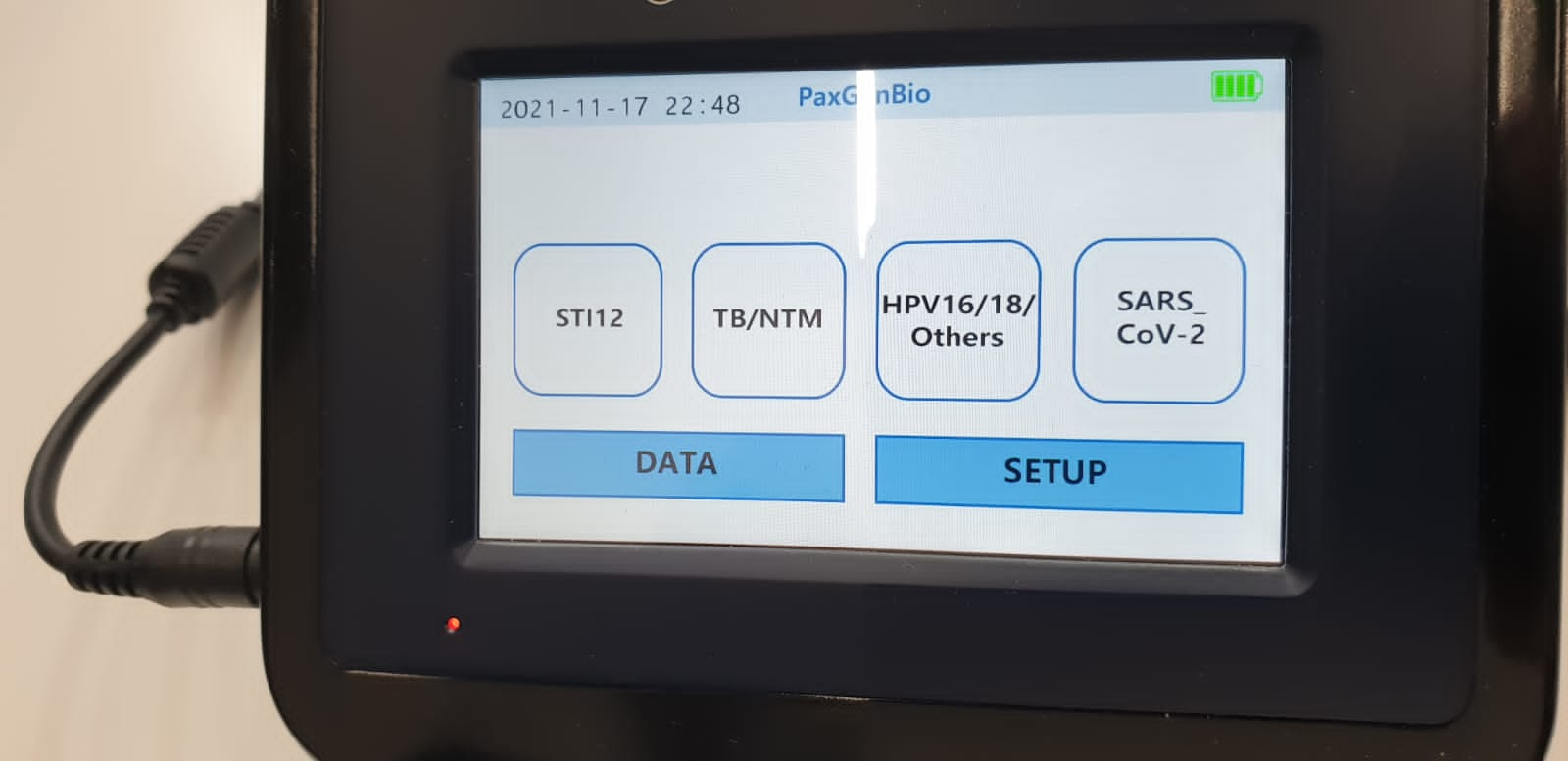Nontuberculous mycobacterial infections (NTM)
General description
- Nontuberculous mycobacteria (NTM) are mycobacteria other than M. tuberculosis (the cause of tuberculosis) and M. leprae (the cause of leprosy). NTMs are also called atypical mycobacteria, mycobacteria other than tuberculosis (MOTT), or environmental mycobacteria.
- Although anyone can get an NTM infection, NTMs are opportunistic pathogens that put some groups at higher risk, including those with underlying lung disease or suppressed immune systems. These pathogens are not normally transmitted from person to person. However, person-to-person transmission of M. abscessus has been reported in patients with cystic fibrosis.
- NTMs are environmental organisms that can be found in soil, dust, and water, including natural water sources (such as lakes, rivers, and streams) and municipal water sources (such as water that people drink or in which they drink). showering). NTM can form difficult-to-remove biofilms, which are collections of microorganisms that stick together and adhere to surfaces in humid environments, such as inside pipes in buildings.
Symptoms
1. NTMs can cause infections in a wide variety of sites in the body, most commonly in the lungs and in the following areas:
- Skin and soft tissues (typically after surgery, trauma, injection of drugs or other substances)
- Device-associated infections (eg, central line-associated bloodstream infections, exit-site infections, pacemaker pocket site infections, etc.)
- Lymph nodes (most commonly in children)
- Blood or other generally sterile places in the body (disseminated) (most commonly in immunocompromised patients, such as those with HIV or AIDS, but can also be due to invasive medical procedures or devices)
2. Symptoms can be vague and nonspecific, such as:
- Fever
- Weightloss
- Night sweats
- Decreased appetite
- Loss of energy
3. Other symptoms depend on the site of infection and may include coughing, shortness of breath, blood in sputum, and skin rashes.

